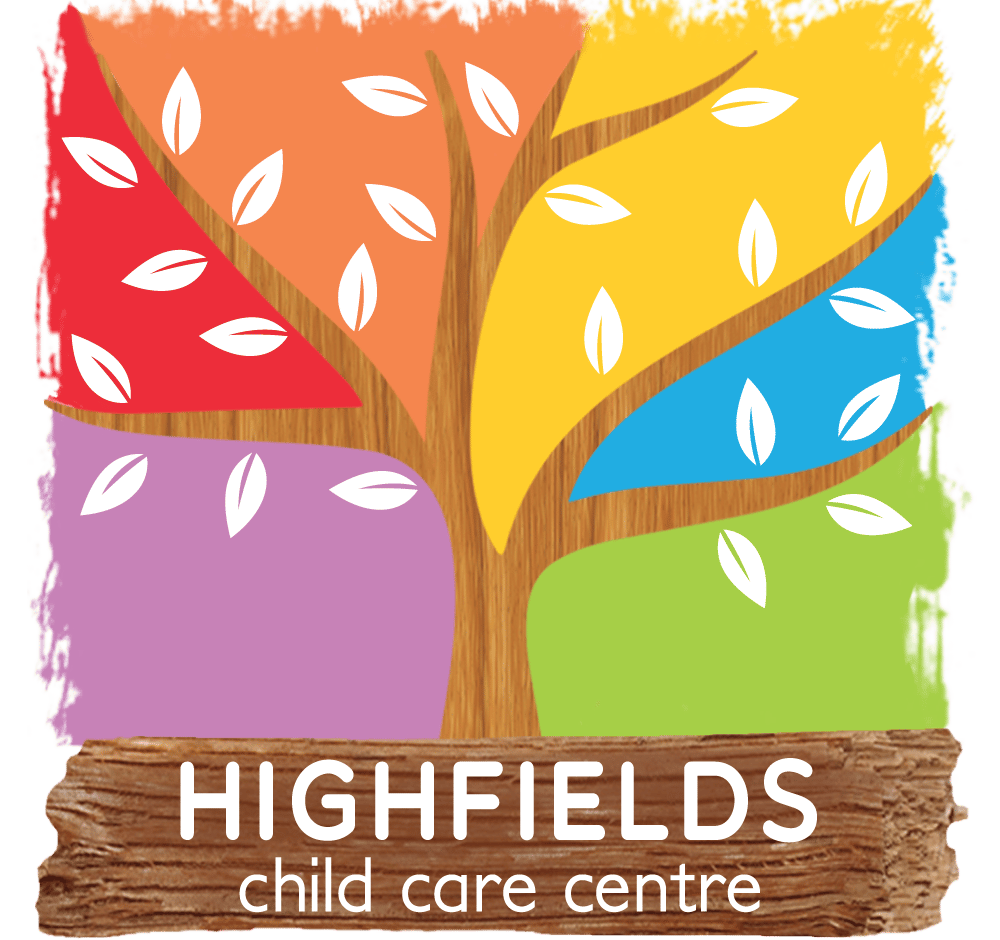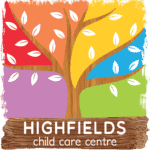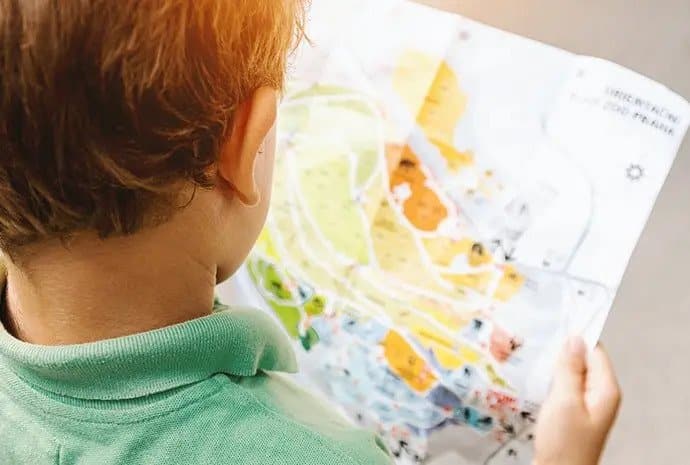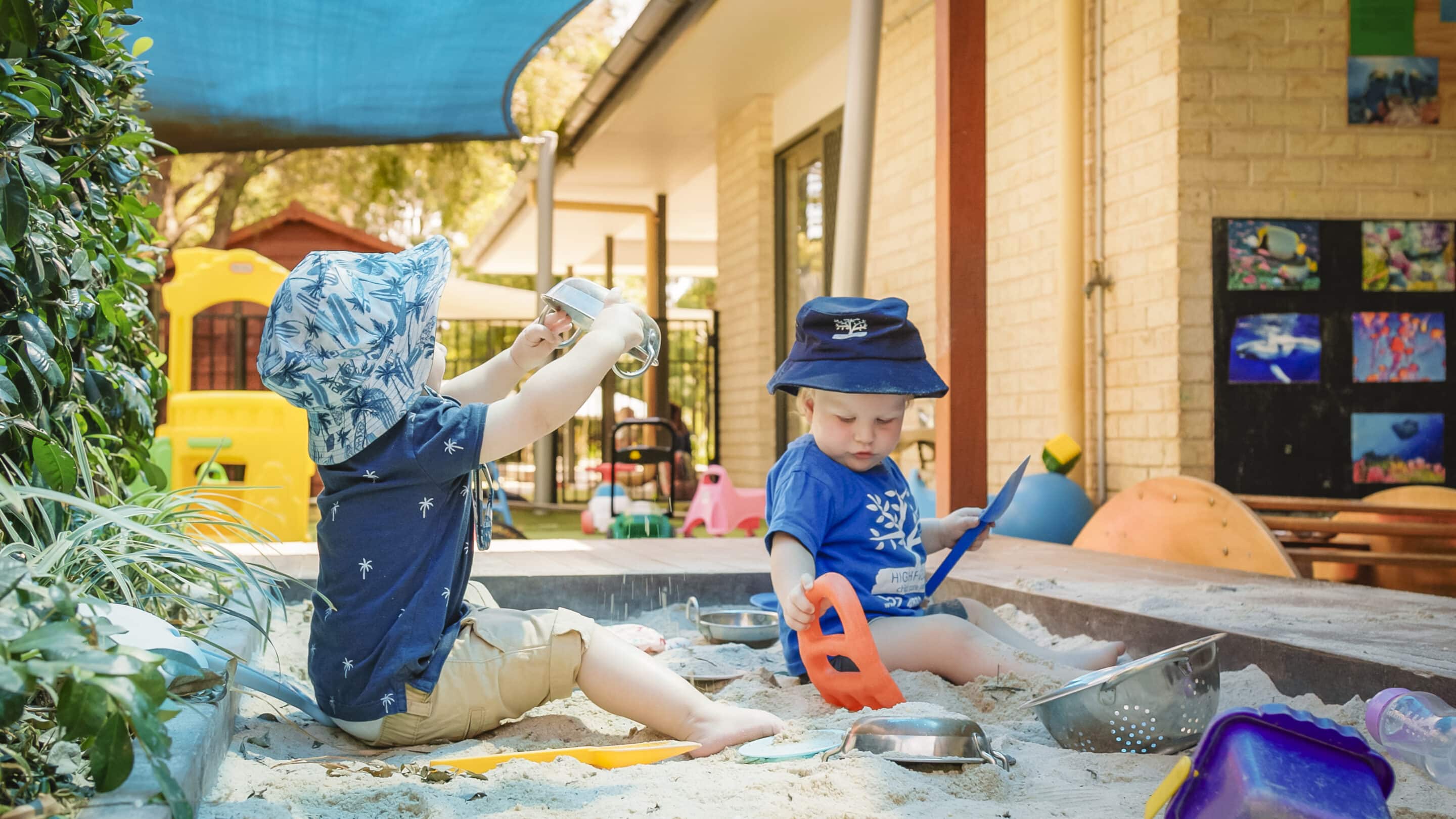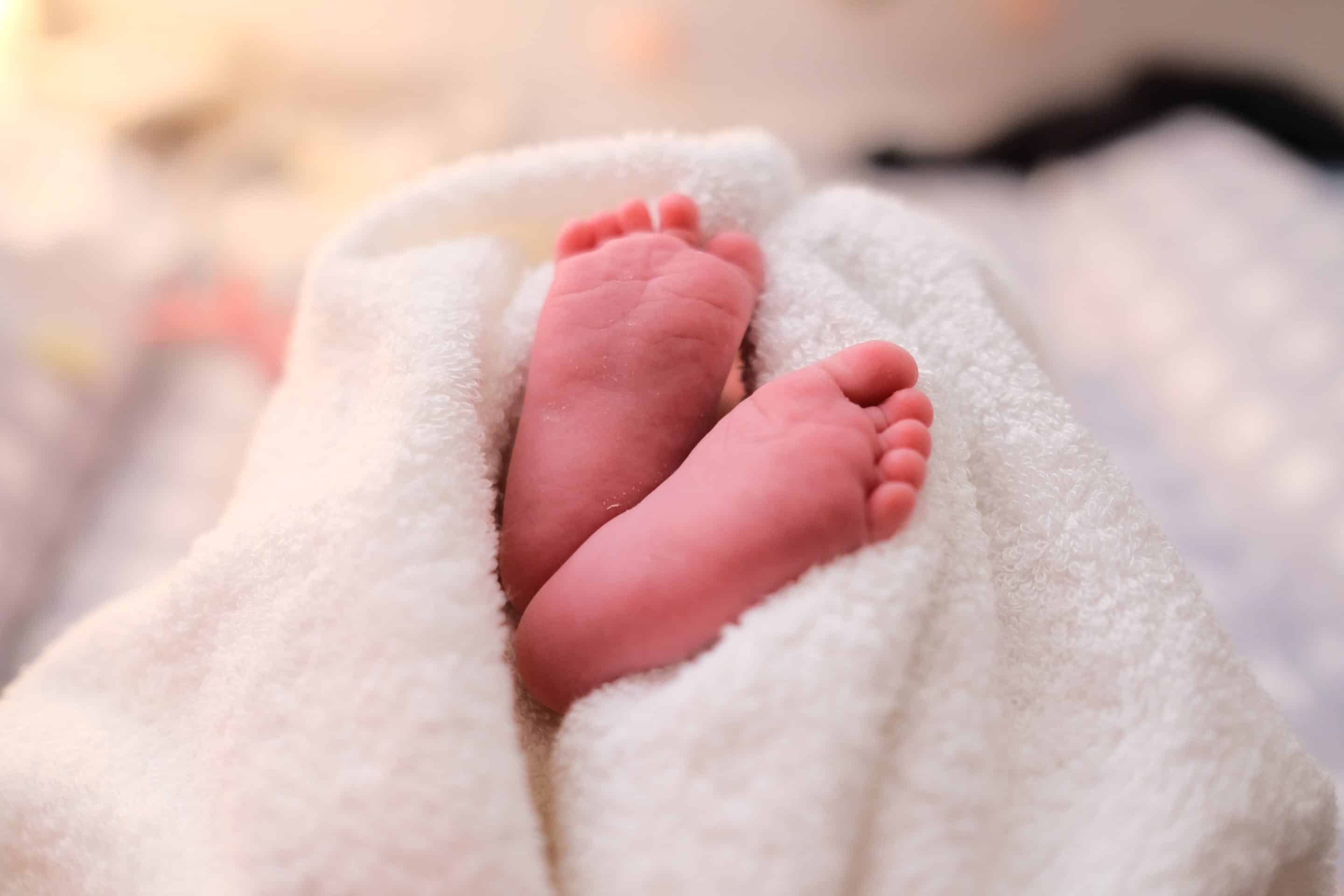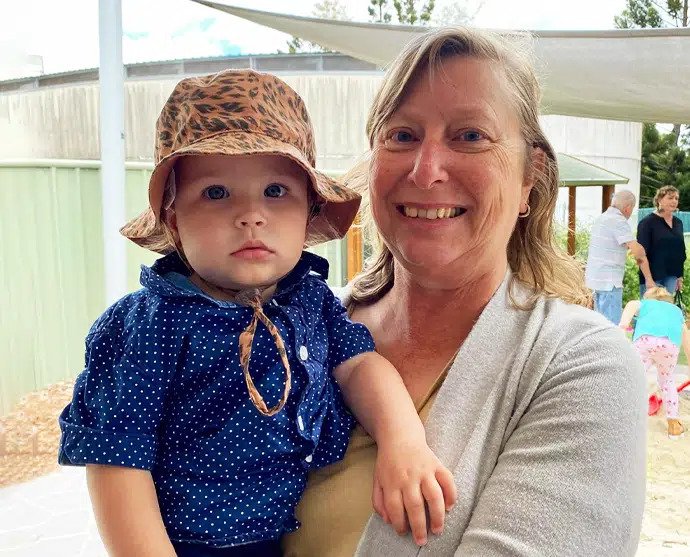One of the most important things your child will learn in early childhood is the ability to self-regulate. Research indicates that the years between birth and age five are a critical time in a child’s development and must include the growth of self-regulation as the basis of academic achievement and health and wellbeing.
Dr Stuart Shanker, an expert in self-regulation in early childhood, describes self-regulation as “the ability to manage your own energy states, emotions, behaviours and attention, in ways that are socially acceptable and help achieve positive goals, such as maintaining good relationships, learning and wellbeing.”
“Self-regulation supports a child’s overall development and is a skill for life,” says Highfields’ early childhood teacher, Alex Vlietstra. “It gives children the ability to make good decisions about their behaviour and the behaviour of others. It also fosters their independence, helps them form positive relationships with others and teaches them how to deal with stress, which is really important.”
Effective self-regulation in early childhood is recognised as a key indicator of better health and education. According to Dr Kate Williams, an associate professor in the School of Early Childhood at Queensland University of Technology, better self-regulation skills in early childhood are associated with:
- Improved social skills throughout life
- Better teacher-child relationships and transition to school
- Improved academic outcomes
- Less risk-taking in adolescence
- Better long-term physical and mental health, and
- Better employment prospects and higher wages
Co-Regulation: An Essential Stepping-Stone To Self-Regulation
To develop self-regulation skills, children must first experience co-regulation from loving parents and caregivers. Supportive co-regulation encompasses three main categories, and involves:
1) Providing a warm, responsive relationship where children feel respected, supported and loved unconditionally;
2) Creating a safe, nurturing environment for children to learn and explore, and
3) Teaching self-regulation skills through modelling and instruction and giving lots of opportunities for practise and positive reinforcement.
Supporting Self-Regulation In Babies, Toddlers And Young Children
In infancy, emerging self-regulation skills can include bub shifting her attention or averting her gaze when she’s overwhelmed, and self-soothing by sucking her fingers or a pacifier to reduce stress. In this very young age group, though, children are very much dependent on caregivers to regulate their emotions and behaviour with techniques like soothing and distraction.
“Here at Highfields Child Care Centre, if we can see a child is upset or getting frustrated, we reassure them and help them to feel safe by giving plenty of one-on-one interaction with the educators,” Alex explains.
“If the child is accepting of it, we hold them and give them lots of cuddles, otherwise we remain near at a safe distance and might try to distract them with sensory methods like Play Doh or painting, or by giving them toys they can squeeze with their hands. The child might also have brought in a special comforter from home that we can give them, or we can direct them to their family photo that we have up in the room.”
To make your littlie’s environment as peaceful as possible, try to reduce the amount of unnecessary stressors such as noise, bright colours, clutter and busy spaces. “We make sure there’s a lot of natural light, but that it’s not too bright — sometimes we dim the lights or set the mood with fairy lights to make a more calming environment, especially for rest time,” says Alex.
In toddlerhood, a child’s ability to self-regulate begins to develop rapidly. Self-regulation skills in this age group can look like: being able to focus attention for short periods; adjusting behavior to achieve goals; beginning to label feelings; briefly delaying gratification; and turning to adults for help with strong feelings.
“With toddlers, we use many of the calming and distraction methods we use with babies,” says Alex. “We fill little bottles with colourful objects like glitter, beads or feathers for the children to shake if they’re feeling frustrated, or we might use Play Doh with lavender in it, or fill balloons with rice or different textures. And we’re very conscious of the way we talk to the children — we’re very calm and use a lot of positive language to help reassure them.”
By kindergarten and preschool, children are able to recognise feelings in self and others, identify solutions to simple problems, and with support, use breathing and self-talk strategies to calm down. They can also focus attention on more difficult tasks for increased periods of time.
“We do a lot of calming breathing techniques, for example, breathing in for three counts through the nose and then breathing out for three counts through the mouth,” says Alex.
“We do weekly yoga as well, and read lots of books. At the start of this term we did a two-week unit on self-care because we could see the children’s anxiety heighten during the COVID-19 pandemic. We read Self–Care for Kids by Alexandra Giufre and Slow Down World by Tai Snaith and had the children brainstorm their own self-care ideas. Then we implemented the ideas into the room. Other activities included writing appreciation cards to family and friends, guided visualisations and daily dance.”
Caregivers As Role Models
Research suggests that a caregiver’s behaviour can affect the development of a child’s self-regulation skills, and so one of the most powerful ways to teach your child self-regulation is to be a positive role model. Create a calm home environment where all members of the family feel safe to express themselves. Talk openly about ways to deal with stress and anxiety, and consciously demonstrate self-calming strategies — it’s inevitable that you, too, will experience moments of heightened emotion, and these times are valuable opportunities to model healthy self-regulation and self-compassion.
“Use a lot of positive language,” advises Alex. “Let your child know it’s okay to show emotions, to be angry, to be sad, or whatever it may be, and then build on strategies to help work through it.”
As your child learns to self-regulate, be responsive to their needs, be patient, and trust their inherent competence and capabilities. The more you support them to practice age-appropriate self-soothing strategies, the more skilled they will become.
